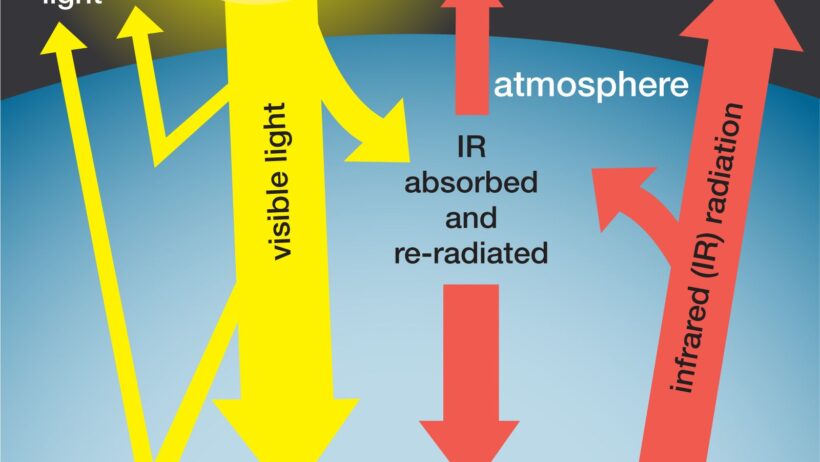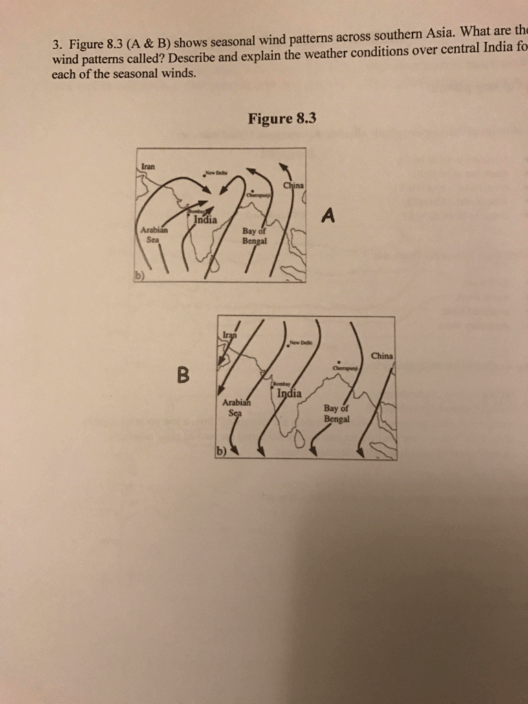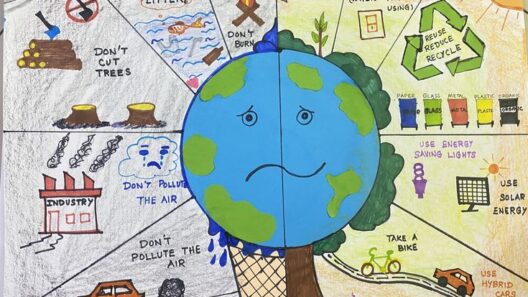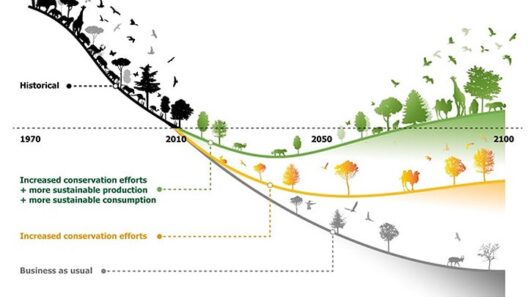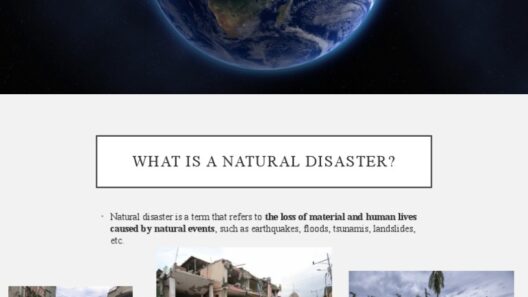Global warming is a profound and inexorable force, akin to a sculptor wielding an unyielding chisel, chipping away at the intricate masterpiece that is our planet. The geosphere and lithosphere, which encompass the Earth’s solid components—its rocks, minerals, and soils—are particularly vulnerable to the ramifications of climate change. Understanding these impacts extends our comprehension of global warming beyond the familiar surface-level phenomena, revealing a deeper narrative that underscores the interconnectivity of Earth’s systems.
The geosphere, composed of the crust, mantle, and core, serves as the foundation of our planet. The lithosphere, a subset of the geosphere, specifically refers to the rigid outer layer, which includes the crust and the upper mantle. As global temperatures ascend, several interrelated processes unfold within these layers, fuelling an overarching metamorphosis that affects ecosystems, human settlements, and even the very texture of the Earth.
One of the first impacts observable at the geospheric level is the alteration of weathering processes. As the atmosphere warms, the water cycle intensifies. Increased evaporation leads to more precipitation, but this is not uniformly distributed. In some regions, heavy rainfall can hasten the weathering of rocks, eroding soils and changing landscapes at an unprecedented pace. This accelerated weathering weakens geological structures and can lead to increased susceptibility to landslides. Ultimately, this phenomenon not only reshapes the land but also disrupts habitats, challenging the survival of myriad species that depend on the stability of these environments.
Furthermore, the melting of glaciers and polar ice caps, a direct consequence of rising global temperatures, has significant repercussions for the lithosphere. As the weight of ice diminishes, isostatic rebound occurs—a geological process that describes the rise of land masses that were previously compressed by ice. This rebounding can provoke seismic activity, as the Earth’s crust adjusts to the new balance. Regions such as northern Scandinavia and parts of Canada are experiencing this phenomenon, with the land rising by several millimeters per year. While the romantic notion of land reclaiming its freedom exudes poetic allure, the consequences can be catastrophic, resulting in increased earthquakes and altering the geophysical stability of surrounding areas.
In addition to seismic activity, the depletion of glacial ice affects sea levels globally. As glaciers melt, excess freshwater flows into oceans, leading to rising sea levels that encroach upon coastal lithospheres. The impact on coastal communities is profound; increased flooding, erosion, and saltwater intrusion into freshwater aquifers threaten not just ecosystems but also human livelihoods. The metaphorical ‘rising tide’ becomes a harbinger of displacement, as coastal towns and cities grapple with the inexorable advance of the sea.
Chronically high temperatures also catalyze changes in soil health, another crucial aspect of the lithosphere impacted by climate change. Soil, often described as the Earth’s skin, is a living entity teeming with microorganisms. As global warming accelerates, the microbial community within soils can be irrevocably altered. Warmer temperatures may enhance microbial respiration rates, leading to accelerated decomposition of organic matter. This process releases carbon dioxide—an exacerbator of climate change—back into the atmosphere, thus creating a feedback loop that further fuels global warming. Compromised soil health not only affects carbon storage capabilities but also undermines agricultural productivity, threatening food security and the very fabric of societies reliant on these systems.
Moreover, the alteration of vegetation patterns, driven by temperature increases and changing precipitation, contributes to the destabilization of the lithosphere. Vegetation plays a critical role in anchoring soil through root systems that prevent erosion. As certain plant species struggle to adapt to shifting climatic conditions, deforestation and desertification may ensue, exacerbating soil erosion and leading to the detachment of terrestrial ecosystems from their geological anchors. This disconnection can create a cascade of ecological degradation, jeopardizing the biodiversity within these systems.
Meanwhile, the depletion of renewable resources exacerbated by global warming, such as minerals and fertile soils, jeopardizes the intrinsic balance of the lithosphere. Resource extraction tends to escalate as demand surges in response to climatic pressures, leading to the degradation of local environments. Mining activities alter landforms, pollute water sources, and can lead to the destruction of habitats that are paramount for maintaining biodiversity. The relentless quest for resources, driven by human consumption patterns, places additional stress on the geosphere and lithosphere, emphasizing the need for a paradigm shift toward sustainability.
The urgency of confronting these interconnected challenges cannot be overstated. Global warming is not merely a distant or abstract problem; its profound manifestations ripple throughout the geosphere and lithosphere, reshaping our planet’s foundation. The scars etched into the Earth by relentless weathering processes and the challenges posed by resource depletion serve as stark reminders of our ecosystem’s fragility. Every action we take contributes to a broader narrative—one where our stewardship of the planet must evolve beyond mere conservation into a holistic, sustainable practice that recognizes the intricate interplay between climate, geology, and human civilization.
The time has come to acknowledge that the geosphere and lithosphere are not just passive backdrops to our lives but dynamic, living systems that require vigilant protection. By fostering practices that minimize environmental impact, promote reforestation, and embrace sustainable resource management, we can begin to heal the wounds inflicted on these essential components of our Earth. In this pursuit, we create a resilient foundation not only for ourselves but for future generations, ensuring that the beautiful tapestry of the planet remains intact amidst the trials of climate change.



